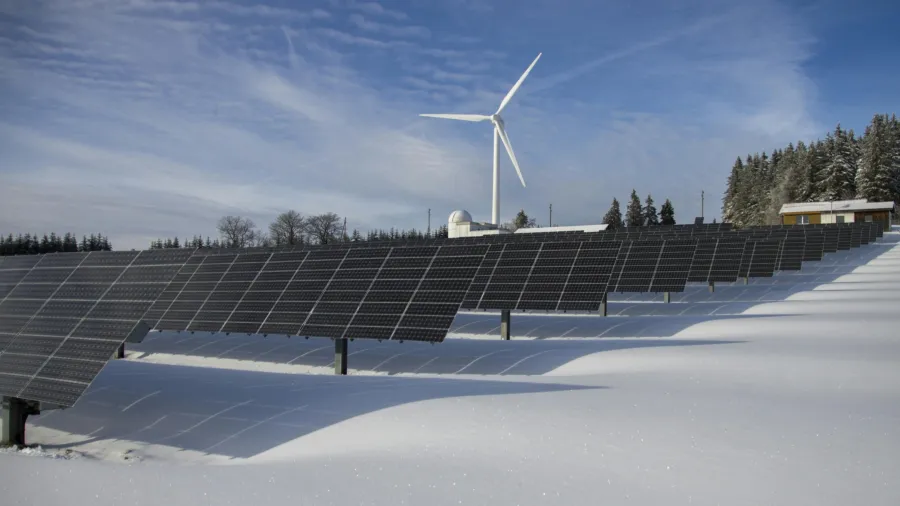
Australia secures financial commitments for 895 MW renewable energy projects in Q1
This was the best quarter since 2022, but still among the lowest since 2017.
Energy storage and renewables investment in Australia continue to recover as five large-scale renewable generation projects reach financial commitment in the first quarter of 2024 (Q1 2024), according to the Clean Energy Council (CEC).
In its Renewable Projects Quarterly Report for Q1 2024, the council said these projects have a total capacity of 895 megawatts (MW), The largest project publicly announced as financially committed was Squadron Energy’s Uungula Wind Farm in New South Wales, contributing 414 MW of capacity.
The CEC noted this was the best quarterly return for big renewable generation projects since the last quarter of 2022. The latest data marked improvements for two quarters in a row, it added.
As a result, the rolling 12-month quarterly average for financially committed generation projects increased to 539 MW, the report read.
However, this was still the fourth lowest average since the council began tracking project capacity in 2017, and remains well below the needed investment levels in order to meet 82% renewables by 2030. This was also a drop of 22% when compared to the rolling average of Q1 2023.
The CEC also reported that Q1 was the fourth consecutive quarter in which energy storage projects secured financial investment commitments of over $1b.
“These results are an encouraging sign that Australia’s clean energy transformation is moving in a positive direction and on the road to recovery,” CEC Chief Executive Kane Thornton said.
“Investment in large-scale storage continues to be very strong, following a record year in 2023. It is abundantly clear that renewables firmed by storage are the future of Australia’s energy system and investors have a strong appetite for new energy storage projects,” he added.
The CEC said investment in generation projects needs to increase further with financial commitments of at least six gigawatts (GW) to 7 GW of new large-scale generation projects needed in 2024 to meet the government’s target of 82% renewables by 2030.
With commitments made by the government, these will help build certainty for renewable energy investors, which is expected to drive a resurgence for large-scale generation, Thornton said.



















 Advertise
Advertise







